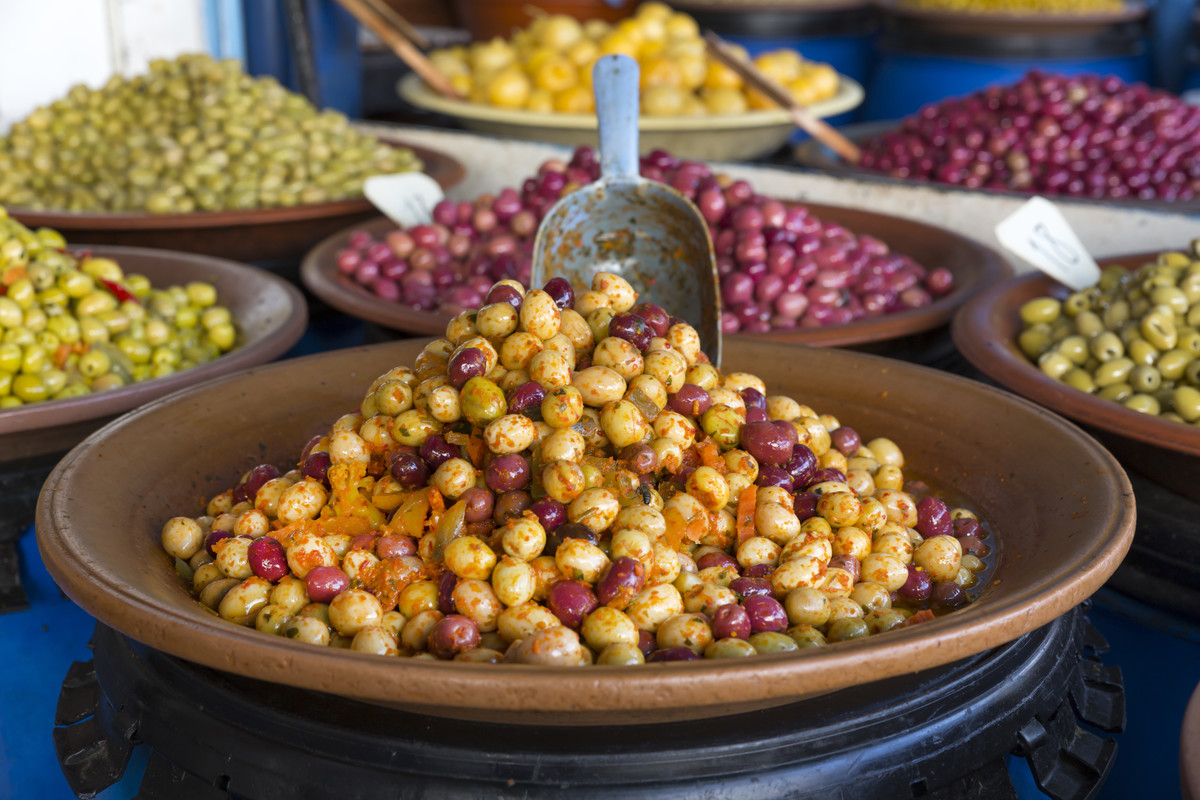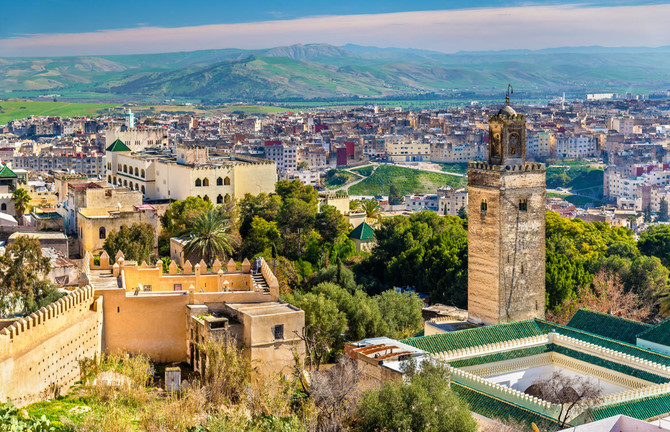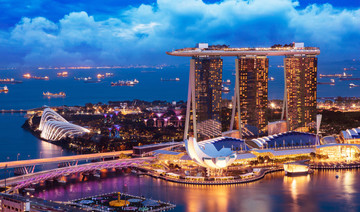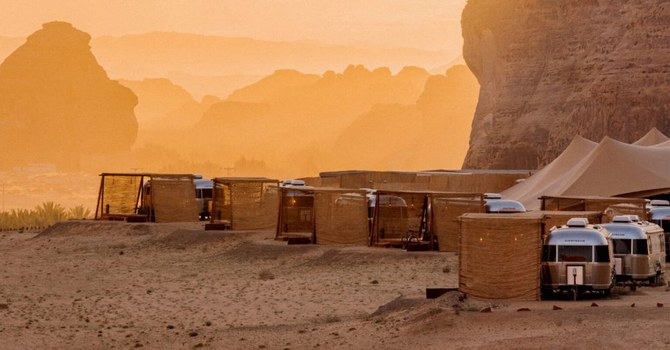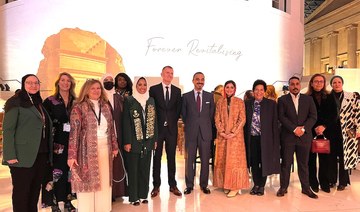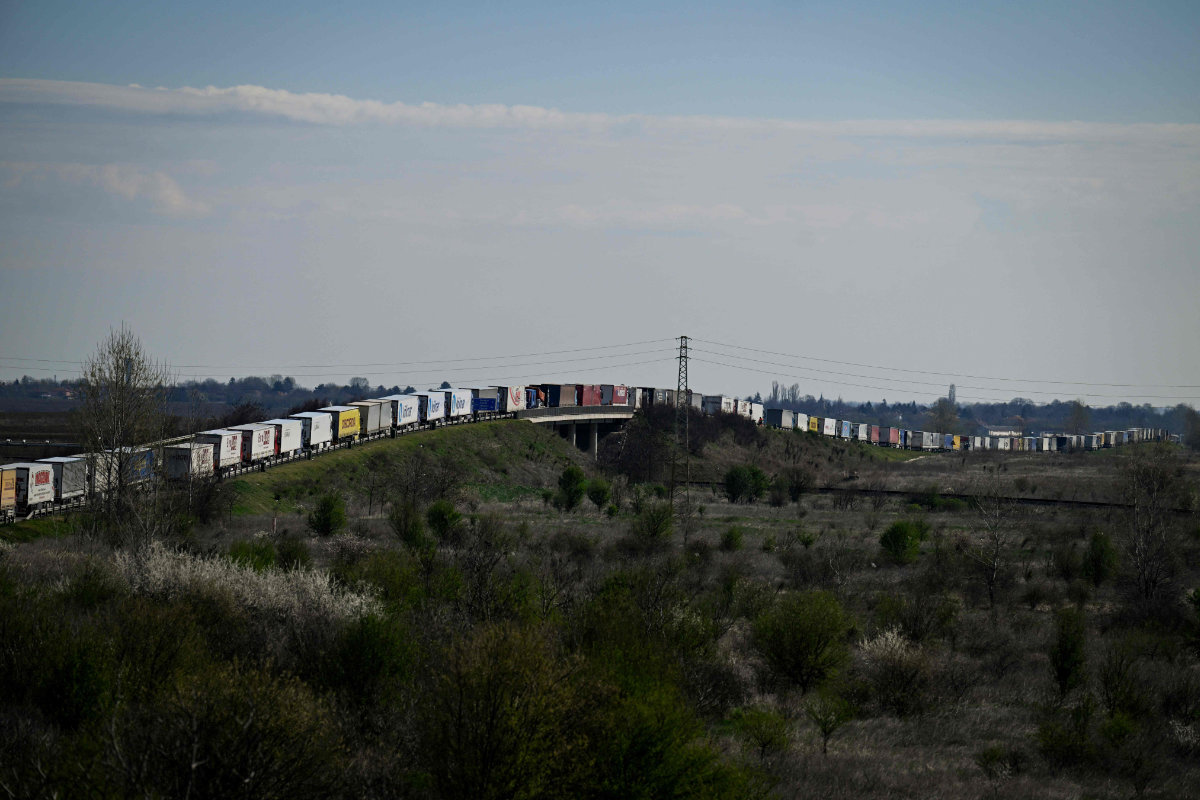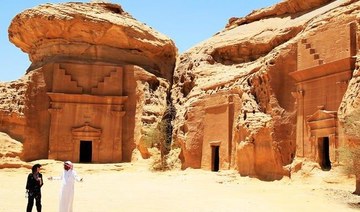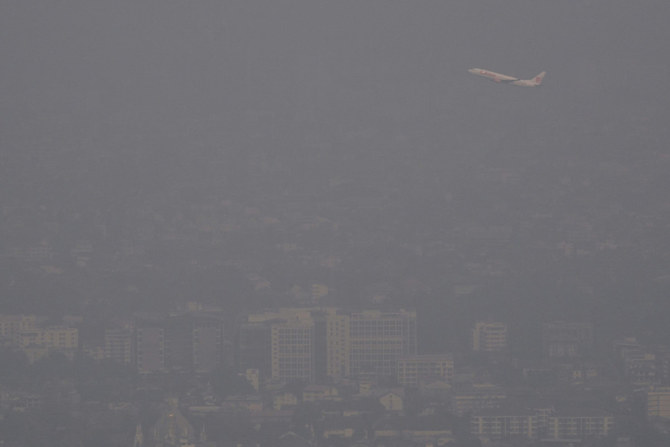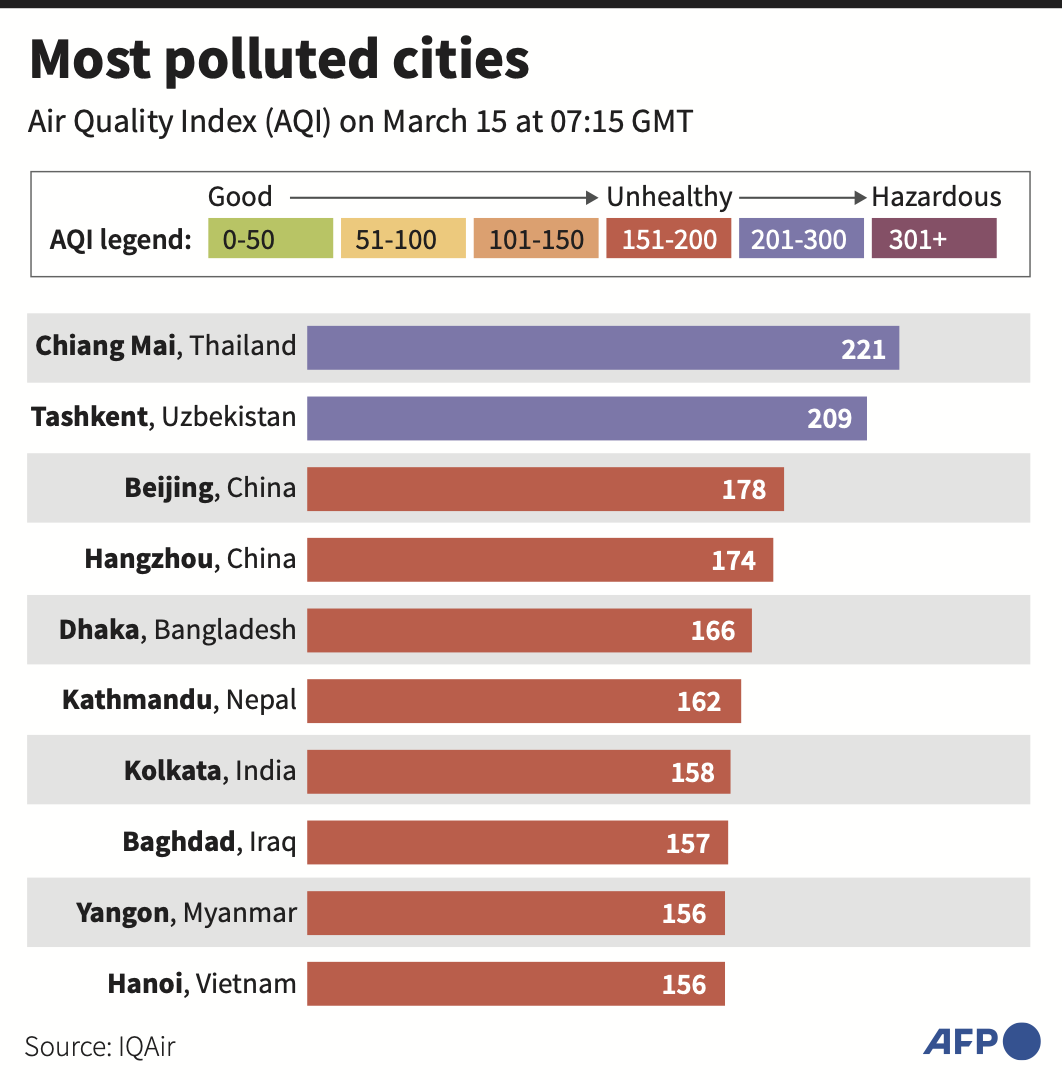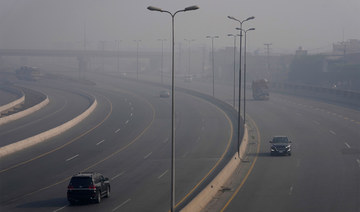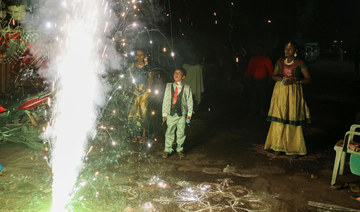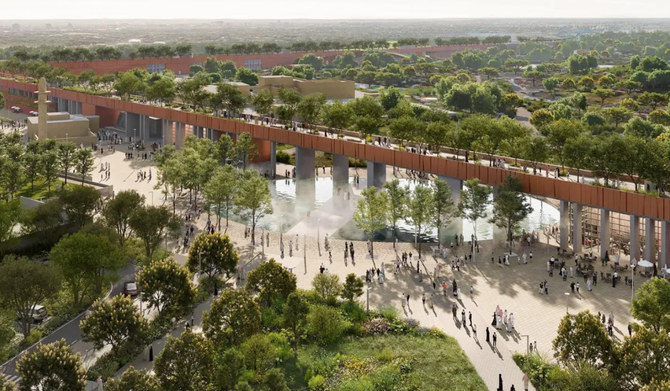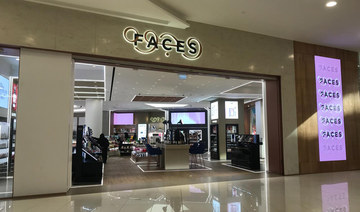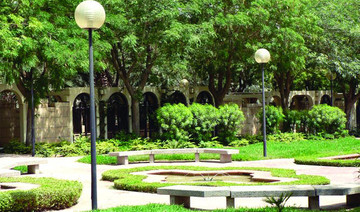BARCELONA: While the name Casablanca conjures up romantic images of cinema’s golden age and Marrakech attracts the tourist hordes, visitors seeking the true Morocco should instead head to Fez, the ancient city in the country’s rugged interior.
Located north-east of the fabled Atlas Mountains, Fez is Morocco’s cultural and spiritual capital, making it both revered and envied by its rival regions. Home to the world’s oldest continuously in-use university — The University of Al-Karaouine, founded in 859 CE — Fez’s influence on the Arab world is vast.
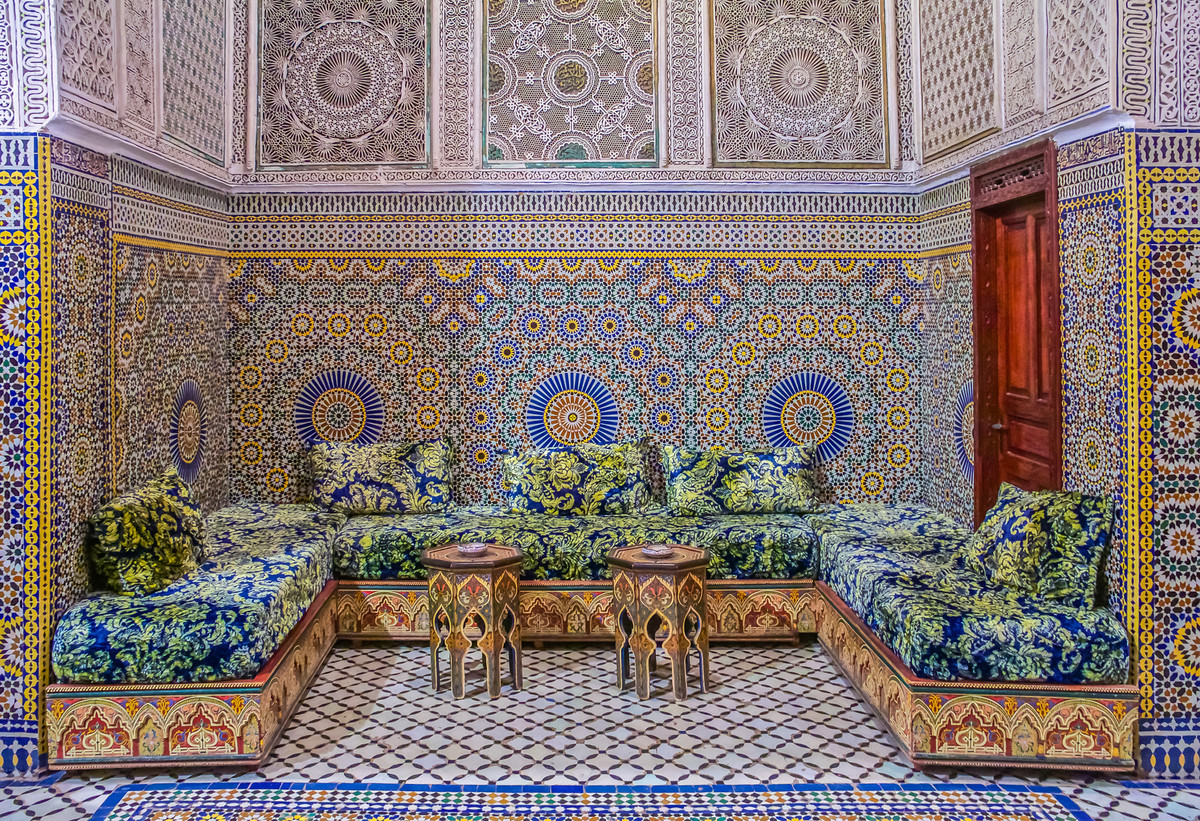
Sited in the 1,200-year-old medina, the university is one of many must-see sights among the 9,400 streets that make up the world’s largest car-free urban area. A UNESCO World Heritage Site, the labyrinthine alleyways are no trite tourist attraction — around 70,000 people call the old city home.
The construction of the neighboring Karaouine Mosque, built at the same time as the university, marks the start of Fez’s Golden Age as the capital of a sprawling empire. Wealthy families funded a vast building program of luxurious homes, palaces, religious schools and mosques, many of which still stand today.
The medina’s claustrophobic density means visitors never know what will be revealed around the next turn. Getting lost is inevitable, but the main landmarks are regularly signposted so reorienting yourself is straightforward.
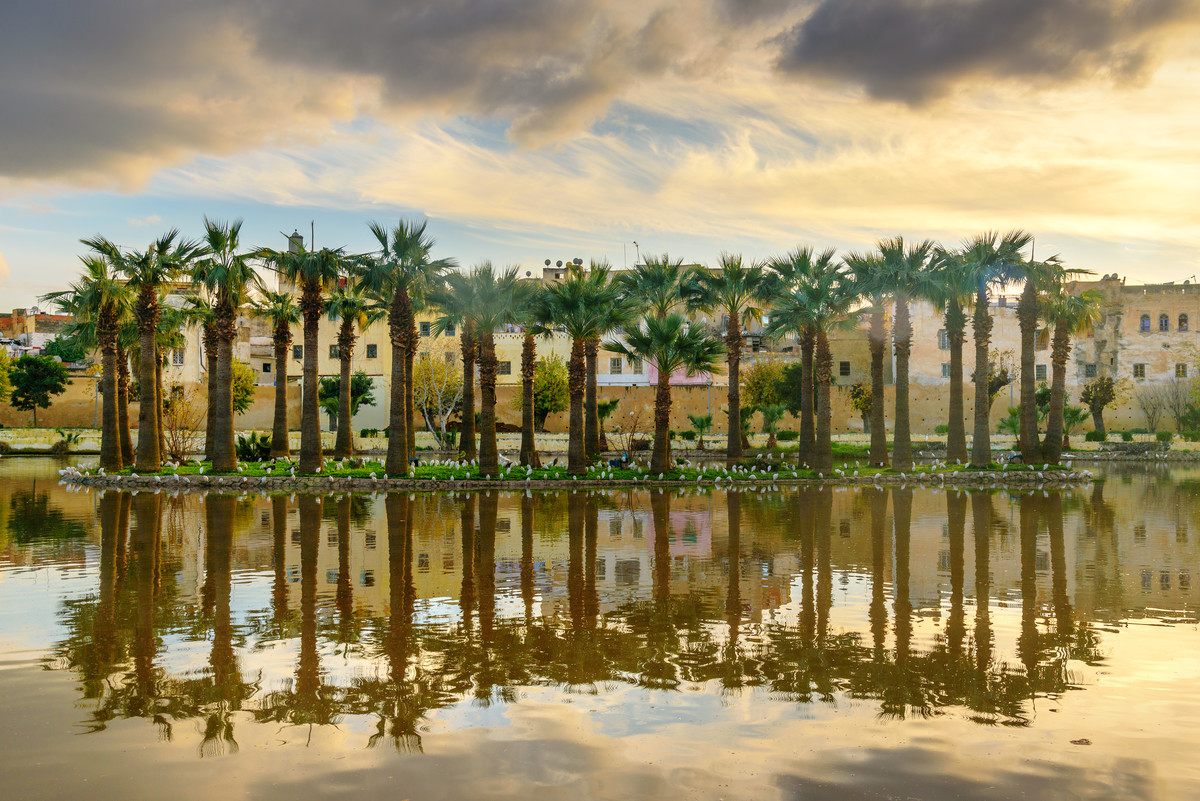
Although there is plenty of accommodation available within the medina, visitors may prefer to stay in neighboring Fes el Jdid, the “new” city (built in the 13th century), which allows cars, making it easier to for airport transfers.
The old city’s two main streets, Talaa Kebira and Talaa Seghiri, can both be accessed through the ornate triple-arched Bab Bou Jeloud, the medina’s western gateway. Kebira takes you to the meat district, which is not for the squeamish – live chickens ignorantly cluck in cages next to their newly-killed and plucked friends, while camels’ heads dangle in front of some stores.
The street then meanders downhill, and butchers’ shops give way to family-run stores selling everything from ceramics to artifacts, clothing and spices.
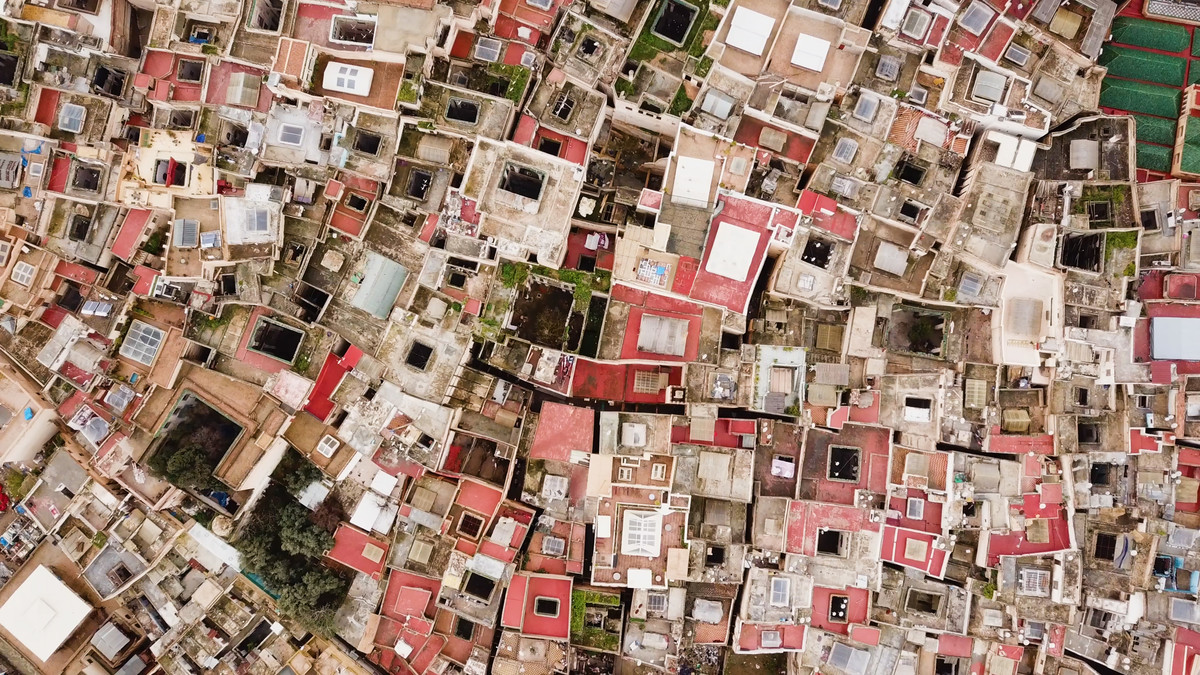
Compared to the chaotic hustle of Marrakesh’s souks, the Fez medina is a sedate affair and haggling for goods with its courteous shopkeepers is an amusing thrill, rather than an ordeal.
Follow Talaa Kebira far enough and you’ll eventually reach Fez’s famed Chaouwara Tanneries, which have been operating for more than 750 years. To view the tanneries, enter one of the many leather shops whose roof terraces provide panoramic views over the site. Around 60 families work the stinking tanneries as a cooperative. Among them is Moustafa’s, whose ancestors have been making leather here for over 300 years.
“It is passed from father to son. We share the money every two months,” said the grey-haired Moustafa. Speaking from the roof of his cavernous leather shop, he explained the tortuous process to make the leather, involving weeks of painstaking dyeing and drying.
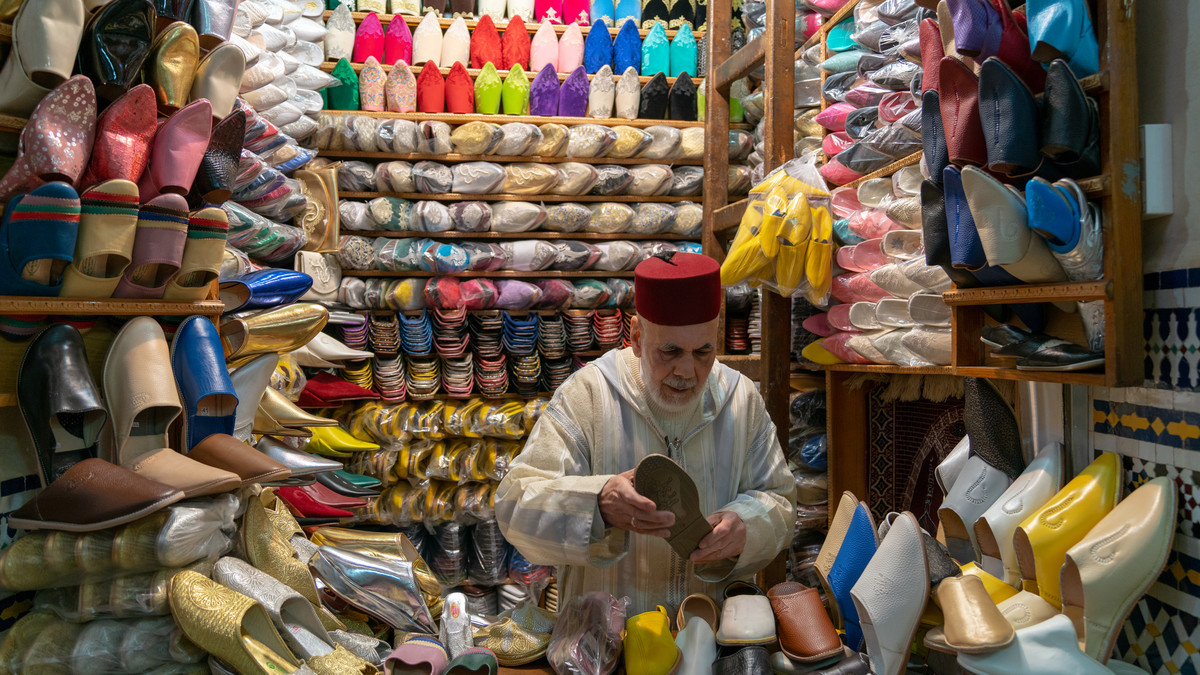
For visitors seeking some pampering after a tough day exploring, head to Riad Fes Maya, a few meters from Boulevard Ben Mohammed El Alaoui. Entering this 14th-century gem is like discovering a secret world. The central courtyard — once a place of political intrigue — is naturally lit by its glass roof, with tiled mosaic columns supporting the upper floors with their ornately carved window frames. There are nine suites available for guests, starting from $150 per night, including breakfast. It’s an excellent place to stay, showcasing the very best in Moroccan architecture and hospitality.
Guests and visitors alike can enjoy an authentic hammam, Morocco’s famed hot steam bath and body scrub, as well as a variety of massages, while the roof-top restaurant is Fez’s top-rated on TripAdviser.
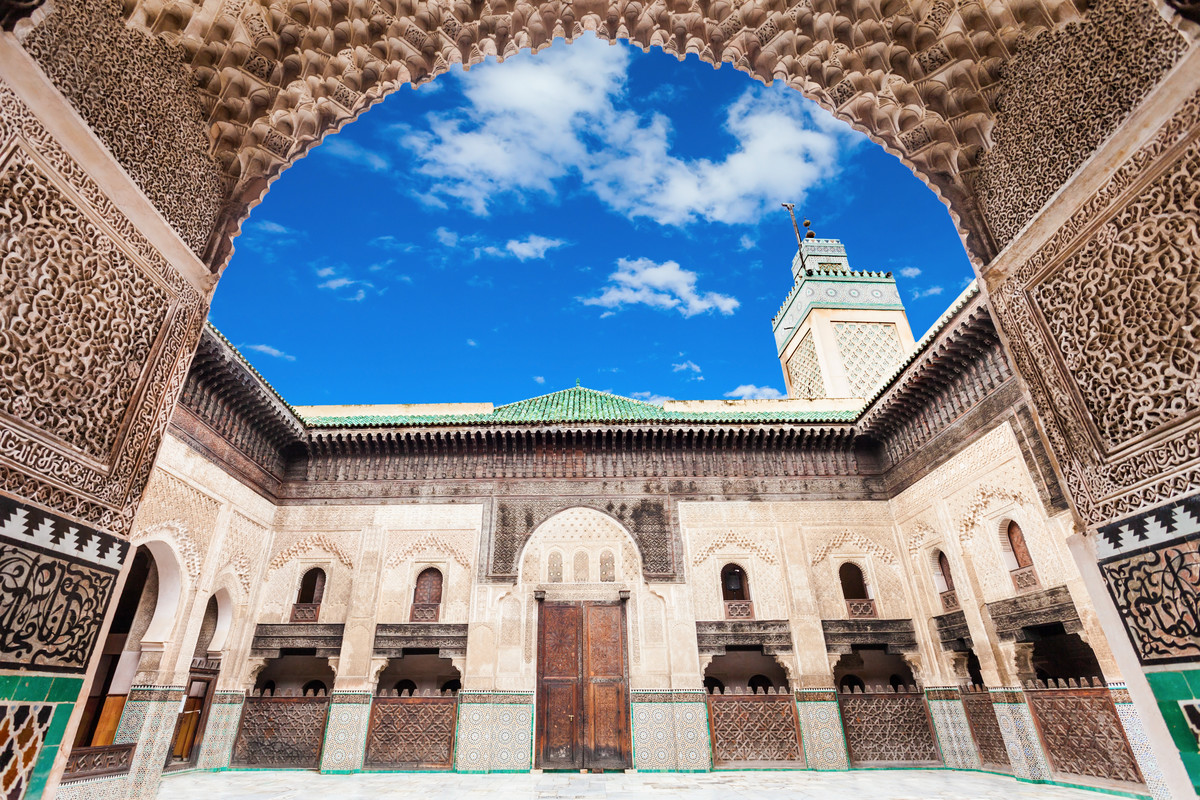
Outside the medina, there is little to occupy visitors in the modern suburbs, but Fes el Jdid could be worth a morning or afternoon trip, the gardens of Jardin Jnan Sdil provide a soothing retreat after the medina’s sensory overload.
Of all Fez’s myriad charms, though, its greatest attraction is its people. Arab culture is justly famed for hospitality, generosity and friendliness, and Fassis show these in their every interaction.
Of course, this is a city of traders, with over a millennium of commerce hardwired into the local psyche, but — sale or no sale — the warmth of the street hawkers, shopkeepers and restauranteurs is undimmed.
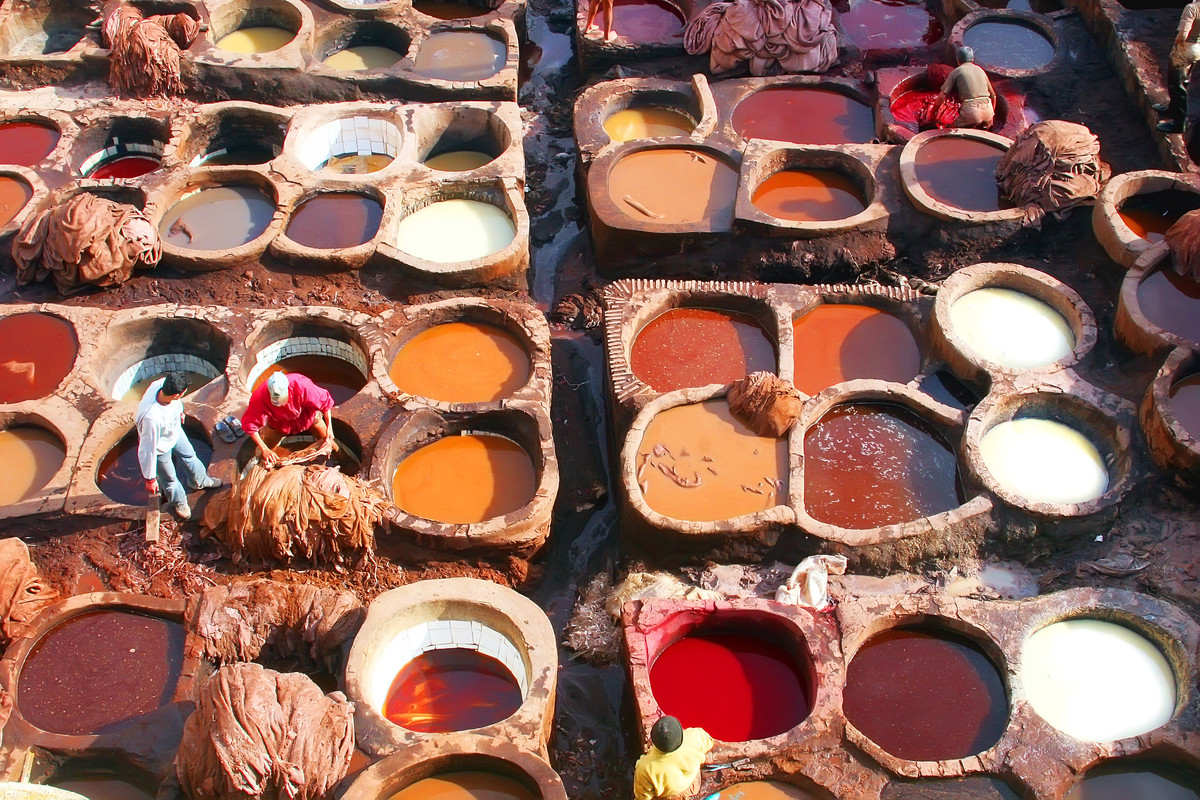
Food is plentiful and delicious (we’d recommend Ali Baba Restaurant near the tanneries — be sure to sample the lemon chicken tagine), while taxis are cheap and ubiquitous — a 10-minute journey rarely costs more than $1.05. Accommodation options range from $20 a night to five-star luxury, so, whatever your budget, Fez should be an essential stop on any trip to Morocco.
